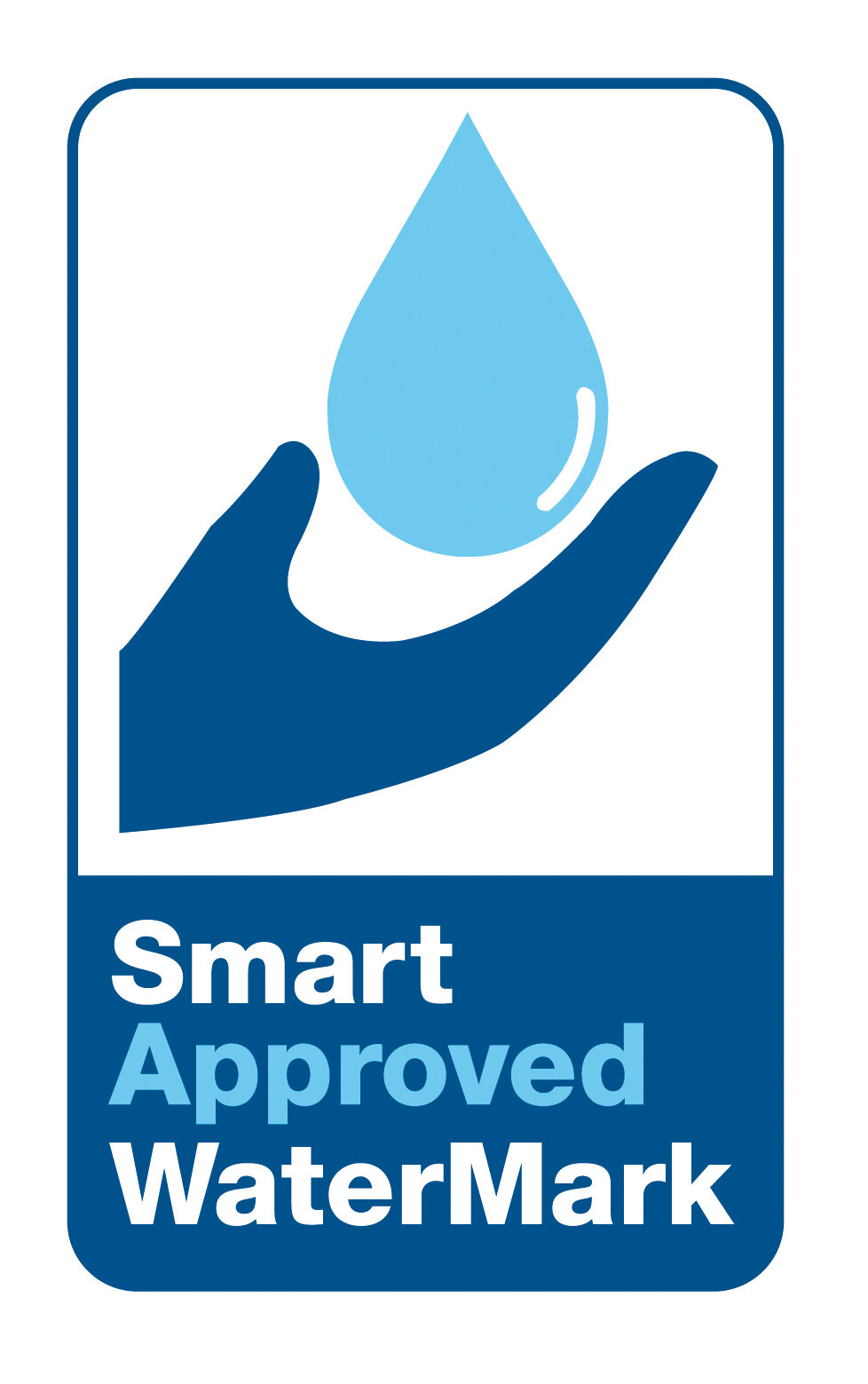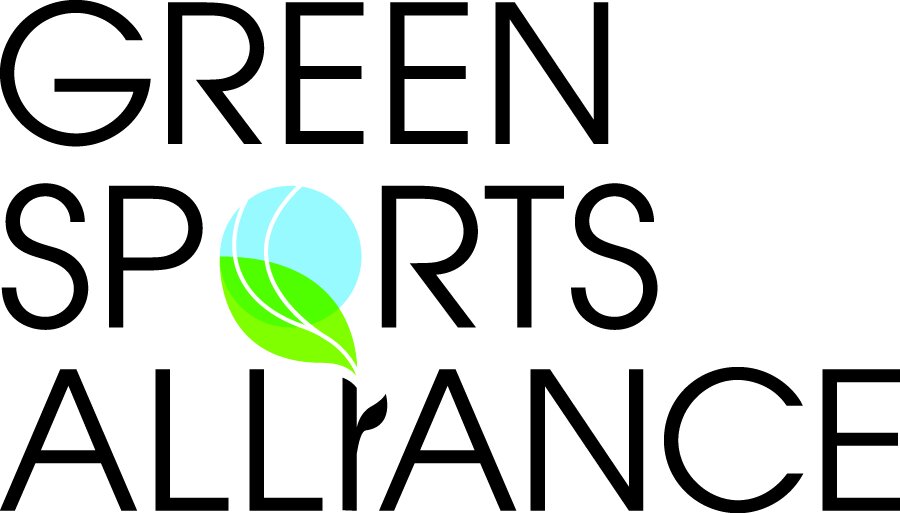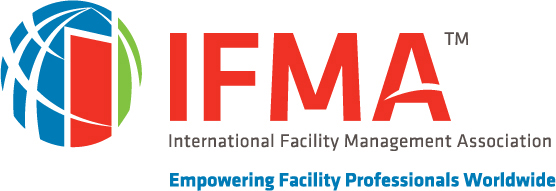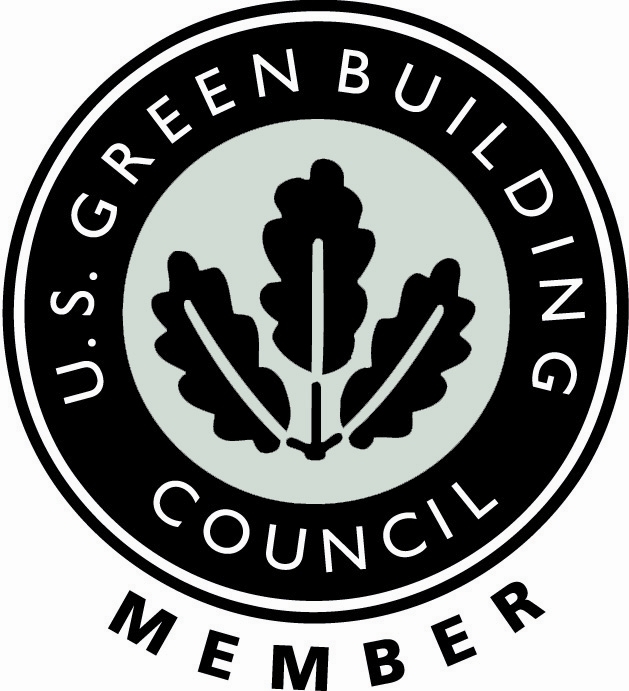The owners and managers of commercial buildings are currently having a tough time. One way to handle this challenge is to cut costs. One way to do so is looking for ways to reduce water consumption in the facility.
Before going further, here are a few things building owners and managers should know:
• Water is getting increasingly expensive. After decades of only minor cost increases, in some areas, water rates have risen 50 percent since 2010.
• The U.S. Department of Environmental Protection has implemented clean water requirements that are causing sewer rates to increase around the country.
• About one water pipe in the U.S. breaks every minute. To address this, we need new piping and water infrastructure that will cost at least $1 trillion. This will add more to the cost of water.
Aware of this, and to offset future water increases, owners and managers must perform a water audit. A water audit is something to look forward to.
It analyzes a building's current water consumption, discovering where consumption can be reduced or eliminated, and where water can be used more efficiently.
We used the term "efficiently" for a reason. We are not trying to conserve water, which is a short-term measure. Instead, we are looking for ways to reduce water consumption long-term and into the future. This is water efficiency.
First Steps in Conducting a Water Audit
The first thing necessary to ensure your water audit is a success is to have the C-suite behind it. Unless the C-suite is behind the program, or better yet, initiated the program, it may fail.
After this, we need to create a "water audit team." These are the people that will oversee the program and ensure that the recommendations from the audit are implemented. Typically, this involves management, building engineers, and members of the custodial department. View the cleaning crew as the "eyes and ears" of the building.
Finally, while water audits often are conducted in-house, a decision must be made if that is the wisest thing to do. It might be best to turn the project over to specialists for a large facility or an older building.
Critical Steps in the Water Audit
What we need next is the plumbing layout of the facility. If necessary, these plans, which the local building department will have, indicate where water is delivered in the property, to the building, drainage systems, and where it leaves the facility.
The next steps include the following:
· Gather 24 months of water bills; we are not focused on the charges but on the amount of water consumed in the facility. This becomes your benchmark - where things stand now when it comes to water consumption.
· Conduct a walk-through of the building with plumbing plans in hand. Locate pipes, fixtures, and other water-using and water-removing systems.
· In the walk-thru process check if pipes are damp or if you see a leak. Look for leaks around toilets, old urinals, and sinks. Note them for later repair/replacement. Restroom fixtures typically use more water than any other area in the building.
· Examining water used for landscaped areas. See if irrigation systems are turned on automatically and for a set period? Is it performed during the day or in the evening? Are sprinklers used, or has a drip irrigation system been installed? The answers to these questions can help determine ways to reduce the water used for landscaping.
There is also a question the water audit team must keep in mind during the walk-through, and that is: Why is water used here? For instance, water audits in manufacturing facilities often locate areas where water is used, but the reasons for its use no longer exist, due to changes in the manufacturing process.
Taking the Three-Bucket Approach to Reduce Water Consumption
Now that we have a better idea of where water is used, wasted, or not needed in a facility, we can look for ways to reduce water consumption. The fastest and most organized way to address this is to have three buckets.
One bucket is for things we can do now at minimal cost; a second bucket for items that can be corrected over the next six to twelve months at a moderate expense; and a third that may take a year or more to address and more costly.
Examples of how this might work include the following:
Bucket No. 1: Fixing leaks is usually the quickest, least expensive, and, one of the most effective ways to reduce water consumption in a commercial facility.
Bucket No. 2: This bucket focuses on restrooms. If your facility's toilets and urinals are over a decade old, they are using more water than initially designed. One of the most cost-effective ways to update toilets and urinals is to have them all replaced simultaneously. This gives building owners/managers leverage over purchasing and installation costs.
Also, look for modern technologies. High-efficient toilets are widely installed as are waterless urinals. Because waterless urinals can save about 35,000 gallons of water annually, this can significantly reduce water consumption.
Bucket No. 3: We still need to address water used for HVAC systems. New HVAC systems have several water-reducing technologies. A professional should inspect these.
View it as a Journey
Earlier, we said the C-suite must be behind the water audit and water consumption reduction overall. We noted this helps ensure that the audit is a success. However, another key reason is this: realizing water efficiency is a journey. We must keep finding ways to reduce water consumption in the long-term. Doing so can pay dividends over time.
Klaus Reichardt, CEO & Founder at Waterless Co Inc | Thought Leader and Influencer | Helping Facilities Use Water More Efficiently, Reduce Water Consumption, and Lower Operating Costs.



















